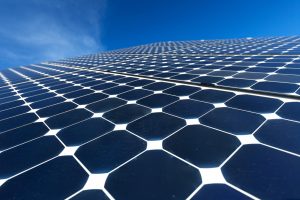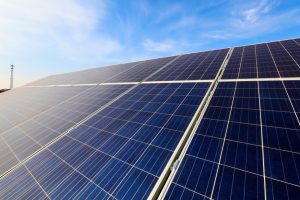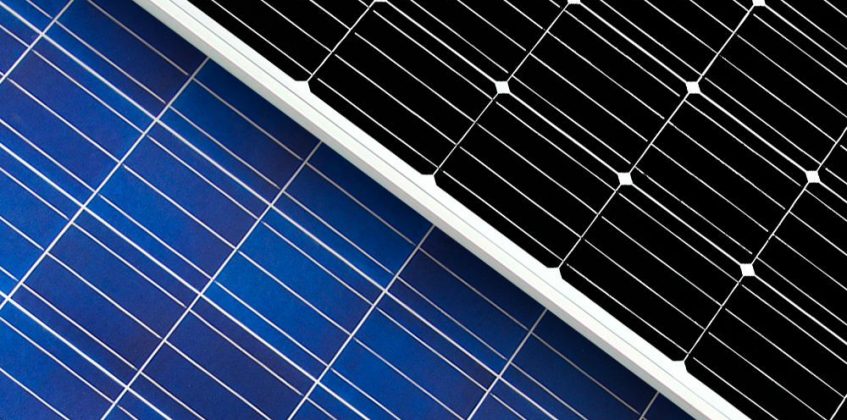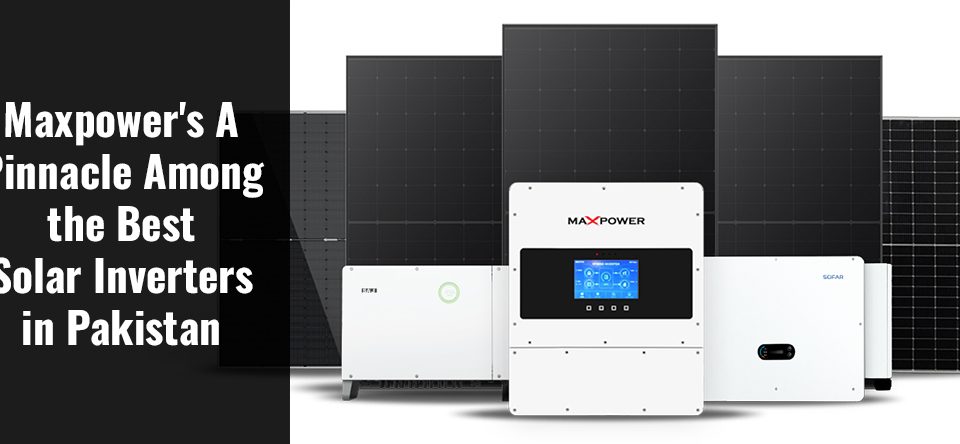
11 Mistakes to Avoid While Installing the Solar Panel System
September 14, 2021
How to Uninstall Solar Panel System Safely?
September 2, 2021The community is rapidly moving towards renewable energy sources. The dependency over national suppliers for the energy, resulting in facing load shedding, high electrical bills, and often blackouts can be disastrous. Solar energy is an alternate source to power up the place rather than typically depending on the national suppliers—giving a constant source of energy with a cost-effective comeback.
Solar plates are the structural and functional part of the whole system—the sunlight falls on the panels, and it is converted into electrical energy. Various types of solar plates are dominant in the market, but the two main ones are; monocrystalline & polycrystalline. Here, we will raise the curtains over the features and efficiency of both, along with explaining certain processes and other types.
Composition of Monocrystalline & Polycrystalline
The solar plates—monocrystalline or polycrystalline have a fundamental difference, the “photovoltaic effect” allows knowing the basic line of difference between them. Thus;
Photovoltaic Effect
The solar panel collects energy from the sun and turns them into electrical energy, particularly happening in a functional solar cell, this effect is called the photovoltaic effect.
Solar Cell
The solar cell is the basic and functional unit of a solar plate, mainly responsible for the conversion of sunlight into electrical energy. It consists of two layers of semiconductors, the p-type and n-type silicon—the p-type is produced by adding atoms (boron or gallium) having one less electron in their outer energy level than does silicon.
Monocrystalline
As the silicon in the solar cells of monocrystalline plates is completely pure. The structure of the silicon in the cells is made into bars and cut into wafers. The name “monocrystalline” distinguishes the composition of this sort of solar plate—as the cell is composed of a single crystal through which the electrons are flown in the form of generating electricity.
Some of the features of monocrystalline solar plates are;
Electron Flow
As the solar cells consist of single crystalline silicon, there is more room for electrons to move—this results in more efficient technology of the solar plates.
Price
They are pricier than other types of solar plates—as much of the silicon is wasted to produce even only one monocrystalline solar cell, the rate can usually extend to a loss of 50%. This results in a hefty price tag.
Composition
The monocrystalline solar plates are composed of up to 60% monocrystalline solar cells. This allows them to generate more energy in consuming less space as compared to other solar panel types.
Heat Resistance
These sort of solar cells (solar plates) are more resistant to heat—this is because pure silicon crystallines are able to tolerate heat to a way better extent as compared to polycrystalline silicon cells. This adds better lifespan to
Gap
The cells in monocrystalline solar plates are shaped square with the corners being removed, thus leaving gaps between the cell surfaces. Typically, one can spot white small squares (gaps) at the intersecting point of the solar cells.
Tip: MaxPower provides the best solar plates 2021, here;
Appearance

They have a dark (black) color and appear to be more aesthetic; this is because of the pure silicon shade in the solar cells.
Polycrystalline
The polycrystalline solar plates consist of cells with multiple crystallites—they are typically less efficient than the monocrystalline solar plates.
Composition
The polycrystalline solar cells are composed of a bunch of fragments of silicon together that form the wafers for the panels. Manufacturers melt many silicon fragments that are combined and formed in this way.
Price
The polycrystalline solar plates are cheaper than the regular monocrystalline plates, because of less wastage of silicon while manufacturing. The raw strands are combined together through melting.
Heat Resistance
The multi-crystalline or polycrystalline solar panels are not that tolerant to heath because of different strands of silicon already combined together by melting. This results in a shorter lifespan than the typical monocrystalline models.
Appearance

The color of the polycrystalline solar plate is blue hue due to multiple strands of silicon. The fragments are molded and poured into a square mold. They are distinctive due to their light color but also the lack of squares at the intersection points of the solar cells.
Related: Grounding your Solar Panel System to Prevent Surge Damage
How Monocrystalline is More Efficient than Polycrystalline?
As the monocrystalline solar cell consists of single-crystalline that allows long-range order for the electrons to move without any collisions—this leads to the better conversion efficiency of sunlight to electrical energy. Thus, the energy will be high, continuous, and without much angular dispersion. As compared to polycrystalline (multicrystalline) solar plates; the grain boundaries between the crystallites add scattering centers that increase the collision of electrons—leaving less space than a monocrystalline, thus reduced efficiency.
- Monocrystalline plates as categorized among all the other types of solar plates; they have an efficiency rating of over 20%.
- Polycrystalline plates have an efficiency rating of 15-17%.
Power Capacity Comparison of Polycrystalline & Monocrystalline
The difference in the structure puts an effect on the power capacity of both solar plates. The characteristic of the power capacity of both types of plates are;
- Monocrystalline solar cells beat all the other types of solar panel systems in terms of power capacity.
- Monocrystalline plates are able to have a power capacity of 300W.
- A standard 60-cell polycrystalline solar plate is now able to hit a power production of 240-300W.
- In terms of power capacity per single cell, the monocrystalline is better than polycrystalline.
Other Types of Solar Plates
Apart from the duo—polycrystalline & monocrystalline; there are other sorts of solar plates used that are;
- Thin-Film Solar Panels
- Passivated Emitter & Rear Cell (PERC) Panels
Thin-Film Solar Plates
Thin-film solar plates are composed of very fine layers of certain materials that are;
- Cadmium Telluride (CdTe)
- Amorphous Silicon (a-Si)
- Copper Indium Gallium (CIGS)
Although, they are a bit less efficient than the monocrystalline likewise they are cheaper as well.
Passivated Emitter & Rear Cell (PERC) Panels
The PERC solar panels are an improved form of monocrystalline plates—they have an additional passivation layer on the rear surface of the cells.
Frequently Asked Question’s
How long does polycrystalline last?
The silicon fragments in the polycrystalline solar cells are not that tolerant to heat as the silicon in the monocrystalline cells, thus, they have a slightly higher degradation rate. Therefore, there is a gradual loss of efficiency with time, especially in hot environments. Still, with proper maintenance and care, they are able to surpass a lifespan of 20 to 25 years.
How long do monocrystalline solar panels last?
The monocrystalline solar plates last longer than polycrystalline due to their pure silicon bedding in the solar cells. The noted lifespan of these plates ranges from 25 to 35 years with a superior level of consistent efficiency rate.




